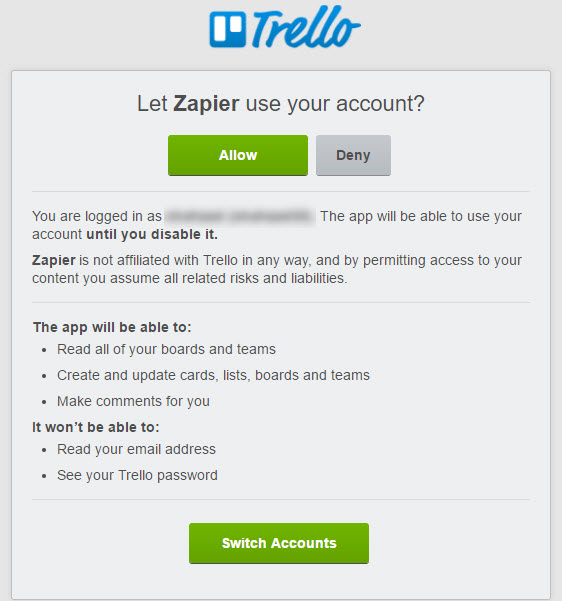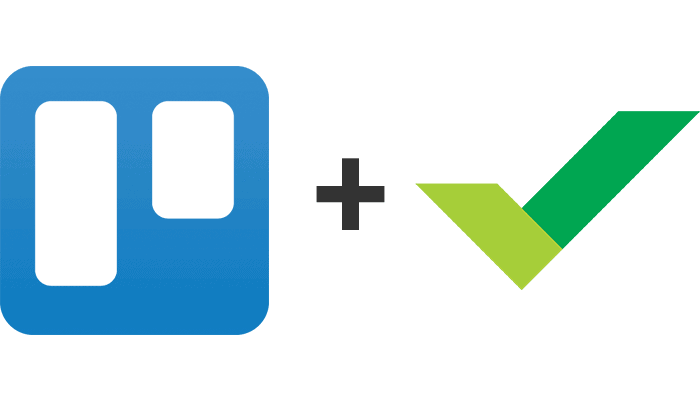

My working hypothesis about this difference is that it’s not an age or tech-adeptness thing. They used Trello reluctantly for task tracking, but they did find it valuable for organizing meetings. My millennial collaborators had mixed reviews and already had their own personal systems. Overall, Trello helped me stay sane, but my collaborators varied on its usefulness. Understand that this tool is for you, but others may benefit. If your collaborators already have their own system, be prepared for mixed buy-in.Meetings lasted between 15-40 minutes, and if we wandered off topic, there was the Trello list to bring us back. We got the important task stuff organized and out of the way, and could talk about challenges which required in-person discussion. Trello was best at being a shared way of keeping track of things like assignment grading or article draft sections. I did use Trello steadily, but as a quick agenda-generator. Trello’s most useful function was group task and information reference.If you are borderline functionally organized, a new shiny toy will not improve your system. Checking an additional app was burdensome. I had already invested in physical whiteboards and Google Tasks and Keep because of their proximity to my work areas (office, Gmail). I used Trello for six weeks as a work project tracker for my lab duties, but my usage fell after those first six weeks. Using Trello to keep track of my personal project tasks was not great, but the app was good for collaborative task-tracking.Views are my own, and are not sponsored by Trello. They only used Trello in the projects where they worked with me, and here are the results of my experiences and their feedback. They offered feedback throughout the Spring 2019 semester, and I am incredibly grateful to them. All participants were under 30 and understood that I was piloting this approach.


Trello wordpresscom integrations free#
Trello was a free app and seemed like a way to keep all of these things organized.Īs a pilot project, I tracked my own research projects, grant writing, and museum projects with 3 zooarchaeology lab undergraduate volunteers, 1 co-author, and 1 graduate student grader. I was also working two jobs, and trying to move multiple writing and research projects forward. These tasks are pretty typical for my field and require more active project management, but I have no formal management training. In December 2018, I was seeking to scale up and work with more museum undergraduate volunteers on meaningful research projects that could go on their CVs. It was not a big operation, but it has not always been a stream-lined. My weapons of choice were Google Cal, a library of yellow legal pad notes, and sheer force of will. In the past, I’ve generally juggled 5-8 museum volunteers and students, teaching, collection and lab maintenance, and research. I also liked its integration with Google docs for draft sharing and how easy it was to add collaborators outside of my institution. The Trello structure makes it easy to revisit tasks and reference materials. It can be hard for anyone to listen, ask good questions, take notes, and then step away and identify next steps all in a 30 min meeting. With Trello, collaborators are able to ask questions, link drafts, share photos, and re-visit information from the meeting, which may be beneficial to ESL and neurodiverse students. As a researcher and instructor, I am always looking for ways to be more inclusive in how I work. Undergraduates and trainees, in particular, benefit from a structured, check-list approach because it provides clarity in meetings, reference storage, and accountability. To be clear, the person who benefits the most will be the project leader, but there are additional advantages. įolks working in-between who don’t have task tracking apps already at their institutions but find themselves having to suddenly manage several people and projects: post-docs, museum professionals, small non-profits, early career profs, or advanced grad students done with course work, people working on multiple mid-sized projects (co-authored grants or articles), or are overseeing teams 1 or 2 other people, or working with undergraduates on research projects. What makes it different was its integration with different online applications like Box, Slack, or Google Drive as well as Agile organization integration. In many ways, Trello is like Google Keep or Evernote in terms of its ability to have shareable notes, checklists, and save pictures and reference files.


 0 kommentar(er)
0 kommentar(er)
